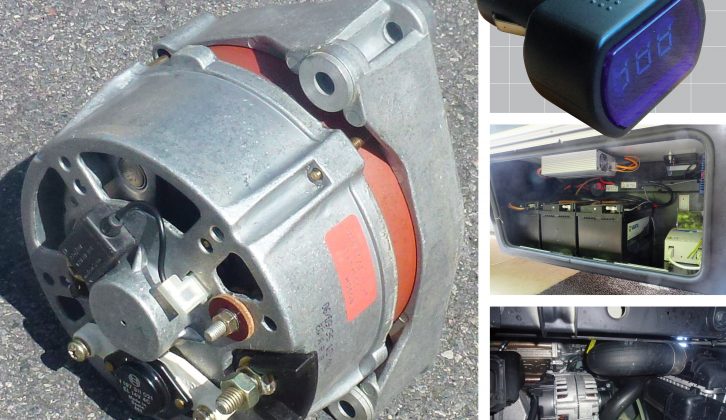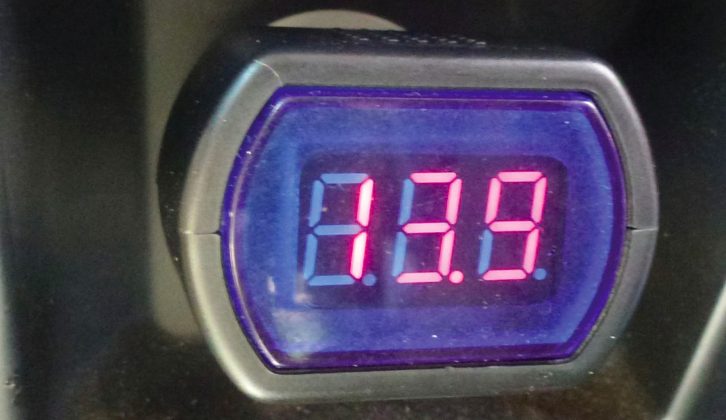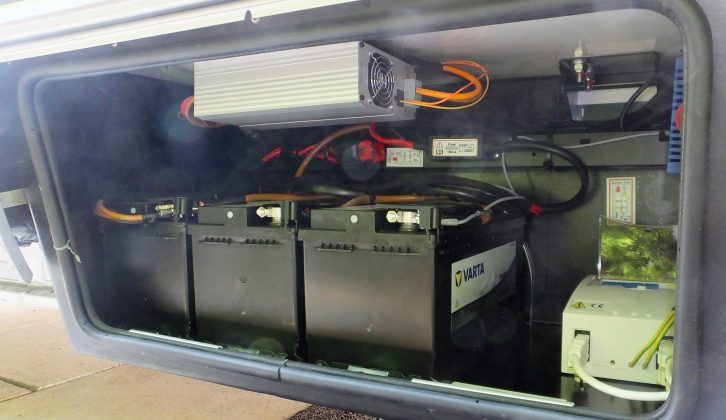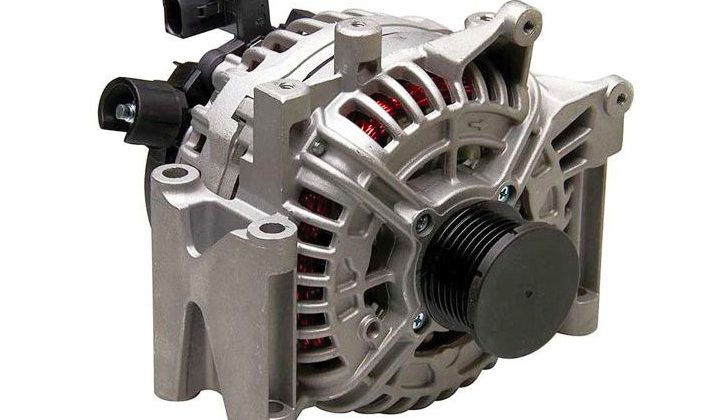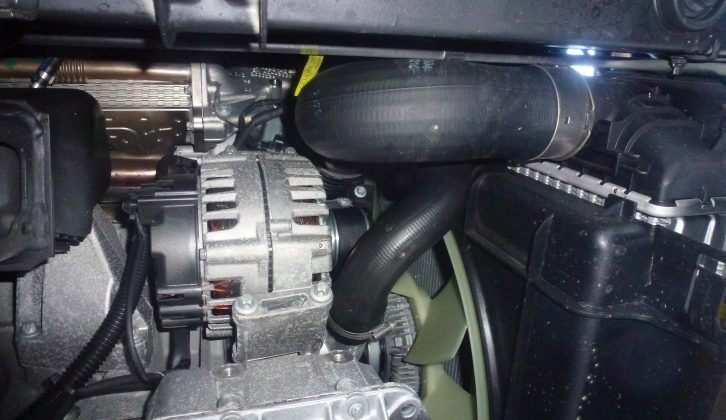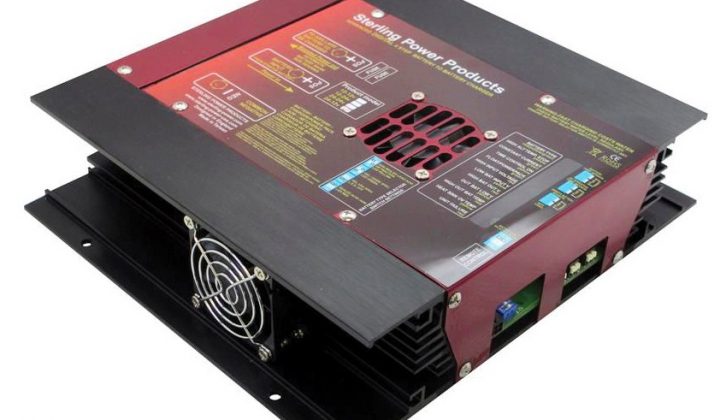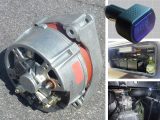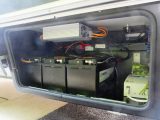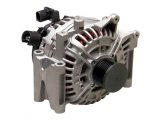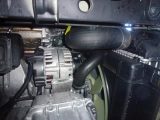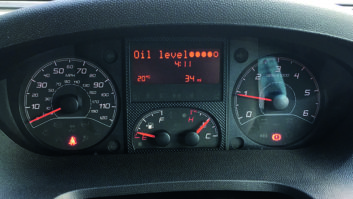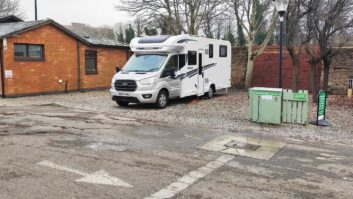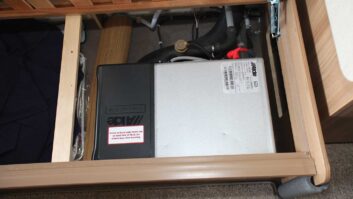In Formula One they call it KERS (Kinetic Energy Recovery System), in electric cars, hybrid cars, milk floats and electric forklift trucks, it’s known as regenerative braking.
Use the same technique in an ‘ordinary’ vehicle today and it’s called a smart alternator.
All of these do the same thing: instead of wasting energy by heating up your brakes when you slow down, it’s recovered so that it can be used again.
All of these systems use an electric motor as a generator to put energy back into a battery – and it is the implications of Euro 6 that have encouraged this in regular vehicles.
Saving energy
Before the introduction of Euro 6, a vehicle alternator would maintain the starter battery at around 14V.
This keeps it about 75% charged, but does not take it to a voltage where ‘gassing’ would take place and require the battery to have regular maintenance.
This latest development in the pursuit of increasingly stringent emission regulations, however, takes matters into a different league.
Manufacturers must use every opportunity to save energy.
How it works
When we’re driving and need to slow down a bit, in most cases we simply lift off the accelerator and let the engine braking take over, only pressing the brake pedal if further braking is required.
When you lift your foot off the accelerator or touch the brake pedal, the new bigger alternator pumps about 200A into the starter battery, and the instant voltage can rise to in excess of 15V. That’s 3000W, or 4hp.
The alternator is only about 75% efficient at these higher levels, meaning the amount of power taken out of the drivetrain is closer to 5hp.
That will give a good increase in vehicle deceleration, so you are less likely to waste it in heating up the brakes.
Controlled by the ECU
After you have slowed down, the battery voltage is high and the state of charge closer to 100%, so the alternator stops charging, removing load from the engine.
All of the vehicle’s electrical systems continue to run from the battery, until the state of charge is back to that 75%-charged condition.
Once the voltage has fallen to about 12.3V, the alternator works again. All of this is under the control of the ECU.
Add to this ‘start-stop’ engine systems, and you can see how some of this regenerated energy is used up in starting the engine every time you pull away from traffic lights. Plus, most power-steering systems are also electrical.
Save fuel
It doesn’t take long to use up this energy, but while you are doing so, the engine isn’t producing it.
So, in essence, taking your foot off the accelerator, or starting to use pedal braking, is turning mechanical energy into electrical energy that you use later to save fuel.
Allied to this are better batteries, which will accept the high charge rates and the frequent charging/discharging, but still require minimal maintenance.
So which companies are using this technique?
Most, actually. Nissan, BMW, Mercedes-Benz, VW, Ford and Fiat are all at it.
The latest Mercedes Sprinter has a 180A alternator as standard, while new Fiats offer a 180A or 200A alternator. Other brands are similar.
Battery low-down
Now consider the leisure battery. The traditional ‘split charge relay’ that simply connects the leisure battery in parallel with the starter battery would find this scenario hard to handle.
Some intelligence and control are required for this.
Bring on the latest battery-to-battery chargers that are designed to accept the wide range of starter battery input voltages, but still put out a good regulated charge current and voltage to the leisure battery.
Sterling Power Products in the UK and Votronic in Germany have already produced a controller to bridge the connection between starter and leisure battery for Euro 6 vehicles.
Today, Hymer fits a 45A Votronic B2B unit as standard alongside the Schaudt Elektroblock with its high-power electrical systems.
Many manufacturers in the UK use an electrical system from Sargent, and these include the B2B function within them.
Schaudt is working on one that it is designing in-house. NDS from Italy also makes suitable B2B units.
Does your ’van have this tech?
So how do you know whether your vehicle has a regenerative smart alternator system?
Plug a mini digital voltmeter into the dashboard cigarette lighter socket (you can buy a perfectly adequate digital voltmeter for a couple of pounds online), then drive down a straight road for about 10 minutes.
If the voltage rises under deceleration to 15V or so, and falls off to about 12.5V, you have a smart alternator system.
The other clue is the larger size of the alternator drive belt.
Turn mechanical energy into electrical energy that you use to save fuel
